ICP analyzer
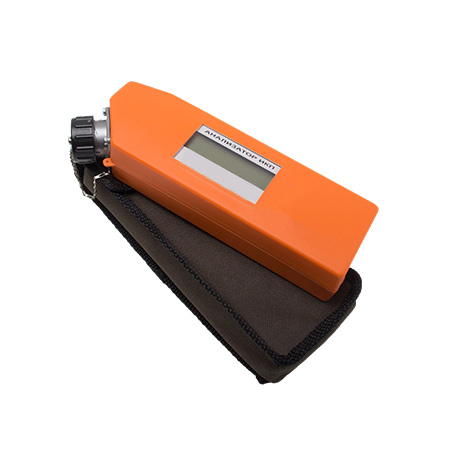
The ICP Analyzer is a portable microprocessor device and is designed for operational maintenance of ICP Corrosion Process Indicators with the ability to store and transfer data from the analyzer's memory on the status of indicators to a computer.
The analyzer, when connected to the indicator, performs its initialization, identification, scanning of the state of the indication elements, data exchange with the indicator memory chip, calculation and indication of the corrosion rate and depth.
Corrosion indicator
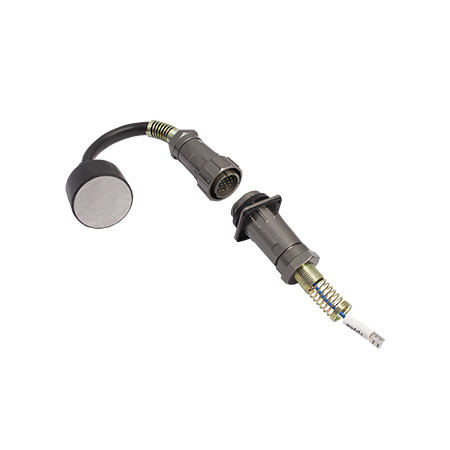
ICP indicators are designed to assess the corrosion state of a steel underground structure. The data obtained during the operation of the indicators are expressed in terms of corrosion rate (mm/year) and the total depth of corrosion since the indicator was installed (mm). Data from the indicator is processed by the ICP Analyzer.
Indicators have several modifications that differ in the number of display elements and their thickness. The display elements are characterized by a normalized thickness of the bottom of the monolithic housing cavity. Marking of indicators is carried out according to the scheme below:
ICP AA-VVV M, where:
ICP – abbreviated letter designation of products;
АА – is the number of display elements, a number from 01 to 99;
VVV – thickness step of display elements in tens of microns;
M – monolithic body.
For example, the record IKP10-012M denotes a corrosion process indicator, consisting of ten display elements with a thickness step of 120 µm, in a monolithic case.
The indicators are installed permanently in the ground with the conductors brought out to the control and measuring point (CIP) or carpet.
Interfacing device for corrosion process indicator with telemetry system
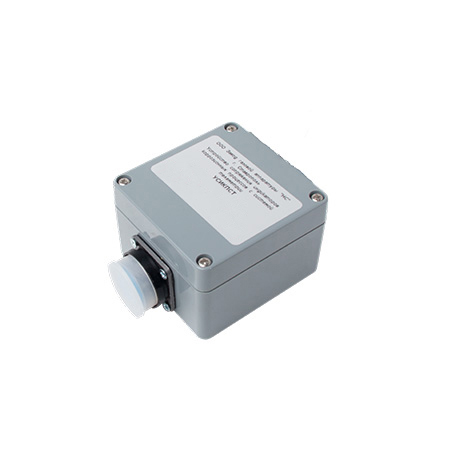
The interface device for the corrosion process indicator with the telemetry system is part of the means for monitoring the effectiveness of the electrochemical protection of underground metal structures against corrosion and is used for real-time monitoring of corrosion processes.
The device is designed to service the indicator of corrosion processes (hereinafter ICP). The device makes it possible to implement remote control of the rate and depth of corrosion of protected underground metal structures.
The device performs:
scanning the status of at least 8 display elements of the ICP;
fixing information in the internal non-volatile memory of the ICP about the current state of the display elements;
calculation of the total depth and corrosion rate;
exchange of information with the telemetry system according to the RS-485 interface specification in accordance with the ModBus ASCII or ModBus RTU protocol (set during configuration).
Block of corrosion rate indicator plates (4 display elements)
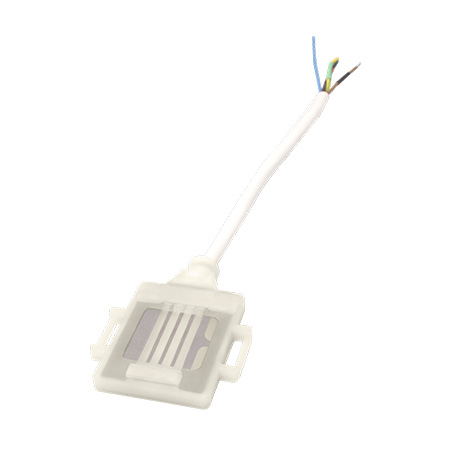
The block is designed to determine the risk of corrosion and the effectiveness of the electrochemical protection against corrosion of underground steel structures.
The essence of the method lies in the fact that using a set of indicator plates having different thicknesses, the overall corrosion is estimated, and the order of its average speed during the ECP of the pipeline at the BPI installation site in time from the moment of its installation to the loss of the longitudinal electrical conductivity of the plates as a result of corrosion.
The block is a single-use product, during operation it is not subject to restoration and repair.
Block of corrosion rate indicator plates (3 display elements)
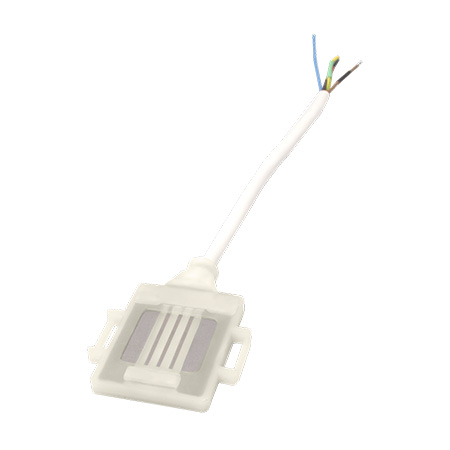
The block is designed to determine the risk of corrosion and the effectiveness of the electrochemical protection against corrosion of underground steel structures.
The essence of the method lies in the fact that using a set of indicator plates having different thicknesses, the overall corrosion is estimated, and the order of its average speed during the ECP of the pipeline at the BPI installation site in time from the moment of its installation to the loss of the longitudinal electrical conductivity of the plates as a result of corrosion.
The block is a single-use product, during operation it is not subject to restoration and repair.
Status indicator for electrically insulating connections
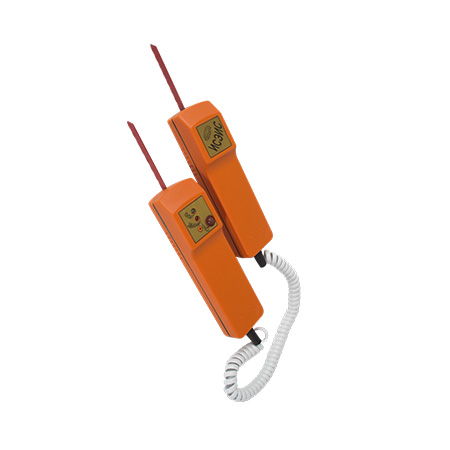
The status indicator of electrically insulating connections is manufactured for the needs of the oil and gas industry and public utilities.
The indicator is designed to detect insulating flanges and couplings on pipelines with an insulation resistance of less than 10 Ohm, to detect pipeline contacts with cases, sleeves and other metal structures.
The indicator is a self-powered portable electronic device consisting of two identical body parts connected by an electric cord. In this case, one part is a compartment for batteries, the other is a housing for an indicator device. The parts are equipped with hacksaw blades to create contact with the object being checked.
The main area of application is in specialized subdivisions of the gas economy of settlements, when assessing the quality of insulating joints of gas pipelines at the entrances to buildings, transitions from the air to the underground part of gas pipelines, etc.
Corrosion rate sensor
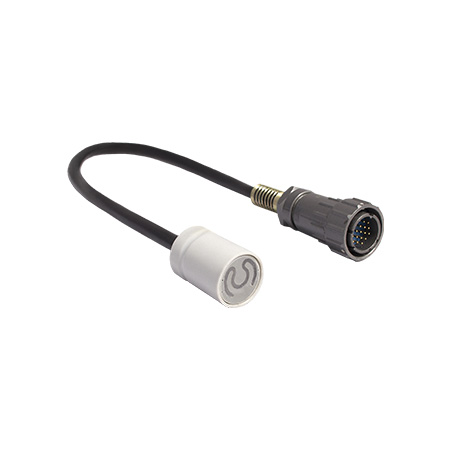
The sensor is part of the means for monitoring the effectiveness of electrochemical protection of underground metal structures against corrosion and for determining the corrosive properties of media. It is an element of corrosion monitoring.
The sensor is designed to evaluate the corrosion rate of carbon steel at the location. Scope of the sensor: soil of any aggressiveness and humidity, liquid and gaseous media.
The sensors have several modifications that differ in the area of the working surface and the thickness of the working element.
Sensors are labeled as follows:
SSK A,AA-BBB, where:
SSK - abbreviated letter designation of the sensor;
A,AA - the area of the working surface in square meters. cm;
ВВВ is the thickness of the working element in tens of microns.
Corrosion Rate Sensor Tester
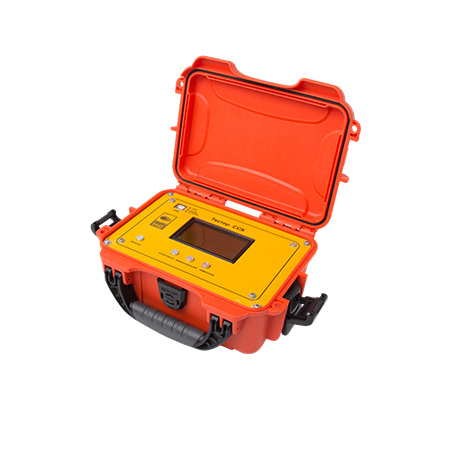
The corrosion rate sensor tester is a part of the means for monitoring the effectiveness of electrochemical protection of underground metal structures against corrosion and is used for real-time monitoring of corrosion processes.
The tester is designed to measure the depth and rate of corrosion of underground metal structures using corrosion rate sensors (hereinafter CSC), which are a resistive type sensor, as well as programming and initializing the CSC.
The device performs:
CSC initialization (1);
Scanning the state of the CSC;
Fixing information in the internal non-volatile memory of the tester about the current state of the sensors (2);
Calculation of the total depth and corrosion rate.
(1) The essence of initialization is to create a reference parametric point, relative to which the change in the resistance of the corroding element of the CSC will be traced and the depth and rate of corrosion will be calculated. Initialization of the CSC can be done several times.
(2) Copying information from the CSC to the memory of the tester serves to transfer data to a personal computer for a detailed analysis of the course of corrosion processes.
Corrosion Rate Sensor Transmitter
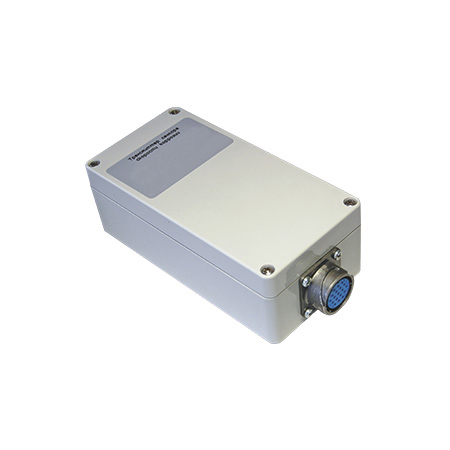
The transmitter is part of the means for monitoring the effectiveness of electrochemical protection of underground metal structures against corrosion and is used for real-time monitoring of corrosion processes.
The transmitter is designed to service the corrosion rate sensor (hereinafter CSC). The transmitter makes it possible to implement remote control of the rate and depth of corrosion of protected underground metal structures.
The transmitter performs:
measurement of resistance of active elements of CSC;
fixing information in the internal non-volatile memory of the CSC about the current state of active elements;
calculation of the total depth and corrosion rate;
exchange of information with the telemetry system according to the RS-485 interface specification in accordance with the ModBus ASCII or ModBus RTU protocol.
Transmitters are manufactured in climatic version OM, placement category 3 according to GOST 15150-69 while maintaining performance in the temperature range under the following conditions:
lower working temperature value minus 40 ℃;
upper working temperature value plus 55 ℃;
relative humidity 98% at 35 ℃.




